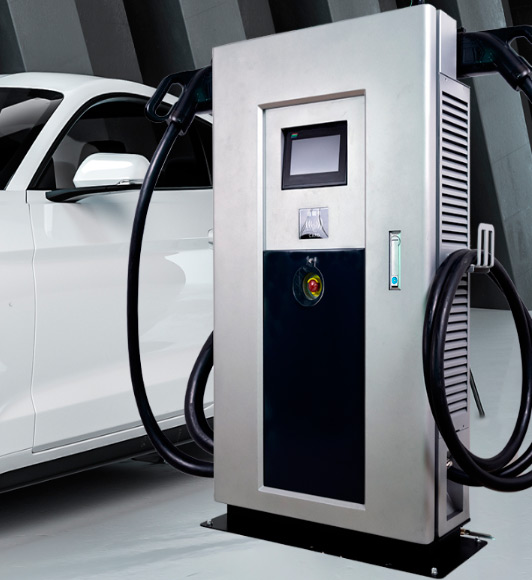
The automotive industry is witnessing a significant shift towards electric vehicles (EVs) due to their environmental benefits and potential cost savings. As electric vehicles become increasingly popular, the need for a reliable and efficient charging infrastructure is paramount. The emergence of domestic electric vehicle charging piles is revolutionizing the way we charge our electric vehicles at home and is playing a crucial role in the widespread adoption of EVs.
Domestic electric vehicle charging piles, also known as home charging stations, provide EV owners with the convenience of recharging their vehicles in the comfort of their own homes. These charging piles are designed to be installed in residential areas, allowing users to charge their EVs overnight or during off-peak hours when electricity rates are lower. This not only saves EV owners time and effort but also helps in reducing the strain on public charging stations during peak hours.
Moreover, domestic charging piles provide a sense of security and control to EV owners, as they no longer have to rely solely on public charging infrastructure. With a home charging station, EV owners can ensure that their vehicle is fully charged whenever they need it, eliminating the anxiety of finding an available public charging station.
Domestic electric vehicle charging piles come in various types and offer a range of features to suit different user needs. The two main types of charging piles are AC (alternating current) and DC (direct current) chargers. AC chargers deliver a lower charging rate and are typically used for overnight charging, while DC chargers provide a faster charging rate, allowing EV owners to recharge their vehicles more quickly.
In addition to the charging rate, domestic charging piles also offer features such as smart charging capabilities, which allow users to schedule charging times, monitor charging status remotely, and optimize energy usage. Some charging piles even come equipped with intelligent power management systems that can distribute electricity load to prevent overloading of the electrical grid.
The installation of domestic electric vehicle charging piles is relatively simple and can be done by a certified electrician. The charging piles need to be connected to the existing electrical grid and follow specific safety guidelines to ensure proper functioning and prevent hazards. Governments and utility companies are increasingly offering incentives and subsidies to encourage homeowners to install charging piles, contributing to the growing network of residential charging infrastructure.
As the demand for electric vehicles continues to rise, the future outlook for domestic electric vehicle charging piles looks promising. Manufacturers are constantly innovating and improving charging technology, resulting in faster charging times and increased convenience. The integration of renewable energy sources, such as solar panels, with domestic charging piles is also being explored, further enhancing the sustainability of electric vehicle charging.
Domestic electric vehicle charging piles are transforming the way we charge our electric vehicles at home, offering convenience, reliability, and control to EV owners. The development of a robust residential charging infrastructure is crucial for the widespread adoption of electric vehicles and plays a vital role in reducing our dependence on traditional fossil fuels. With continuous advancements in technology and increasing government support, domestic charging piles are set to become an integral part of our daily lives, paving the way for a greener and more sustainable future.